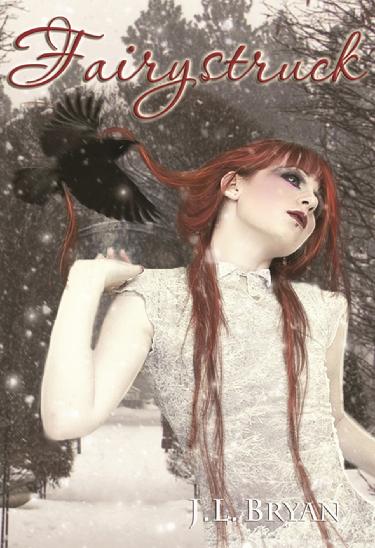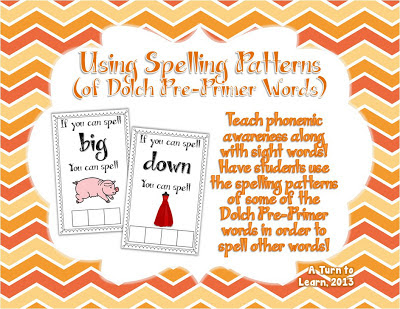Enchanted Music from J. L. Bryan
“Enchanted Music” from the Real World
Guest post from J.L. Bryan
Music has always held tremendous power over human beings, offering solace, inspiration, and a little something to help you fall in love. Music is both an escape from life and an enrichment of our lives. We can hardly have a holiday, festival, or even a war without music to accompany it and bring everyone to a shared emotional tone.
With the powerful effect music can have on us, it’s no surprise that stories of magical music have been with us for thousands of years. Amanda’s new Watersong series draws on myths of sirens, beautiful women whose fatally attractive songs endangered ancient Greek heroes like Jason (of Argonauts fame) and Odysseus. My Songs of Magic series was inspired by a tradition of fae folklore that describes people being enchanted by irresistible fairy music, sometimes wandering off with the fairies forever.
Instead of looking at mythology, though, I thought it might be fun to look at some examples of music from the real world that people have believed to hold magical properties.
Aeolian Harp
An Aeolian harp is an instrument originally devised in Classical antiquity, played by the wind rather than any human hand. Poets of the Romantic era celebrated the harp as a metaphor for the physical world, played upon by the spiritual like an instrument. (In America, Ralph Waldo Emerson described this single consciousness behind all material forms as “the Oversoul.”) Samuel Taylor Coleridge wrote in The Aeolian Harp:
And what if all of animated nature
Be but organic Harps diversely framed,
That tremble into thought, as o'er them sweeps
Plastic and vast, one intellectual breeze,
At once the Soul of each, and God of all?
Romantic and Transcendentalist thinkers of the 19th century believed this harp was a symbol of the deeper nature of reality. Here are some sounds of harps played by the wind:
“Rumble”
The 1958 song “Rumble” by Link Wray was banned from many radio stations because it was believed to lead to juvenile delinquency. While this may have been a common belief about the strange new rock and roll music in the 1950’s, “Rumble” is particularly interesting because it is purely instrumental. The guitar sound alone, introducing the world to power chords, was believed to have a corrupting effect.
Here is the banned rock song...but neither myself nor Amanda Hocking can be held responsible for any wild criminal acts you may commit after hearing it:
The Devil’s Interval (diabolus in musica)
The tritone, or “Devil’s interval,” was banned from ecclesiastical music for its dissonant sound and evil connotations. Franz Liszt used the infernal sound in Dante Sonata, and Black Sabbath used it in their song “Black Sabbath.” (In his autobiography, Ozzy Osbourne reports that the first time they played this song live, much of the audience ran out screaming.)
So now you’re delinquent and possessed by the Devil, but also in better touch with the universal pantheistic consciousness behind all forms. You win some, you lose some.
If you’re interested in enchanting music, here’s a chance to win the first three books in my Songs of Magic series: Fairy Metal Thunder, Fairy Blues, and Fairystruck, in your preferred format. This giveaway is international! Just enter using the Rafflecopter below. The giveaway closes at 11:59 PM Eastern time on Tuesday, August 7. Good luck!
a Rafflecopter giveaway
a Rafflecopter giveaway
Thanks to Mandy Hocking for having me visit today! Don’t forget to see Amanda’s post today on my pal Jenni’s blog, Alluring Reads.
J.L. Bryan is the author of The Paranormals series (Jenny Pox, Tommy Nightmare, Alexander Death, and a fourth book to be released in fall 2012, Jenny Plague-Bringer). He is also the author of the Songs of Magic series (the fifth book, Fairyvision, should also be available sometime in the fall of 2012).






Comments
Post a Comment